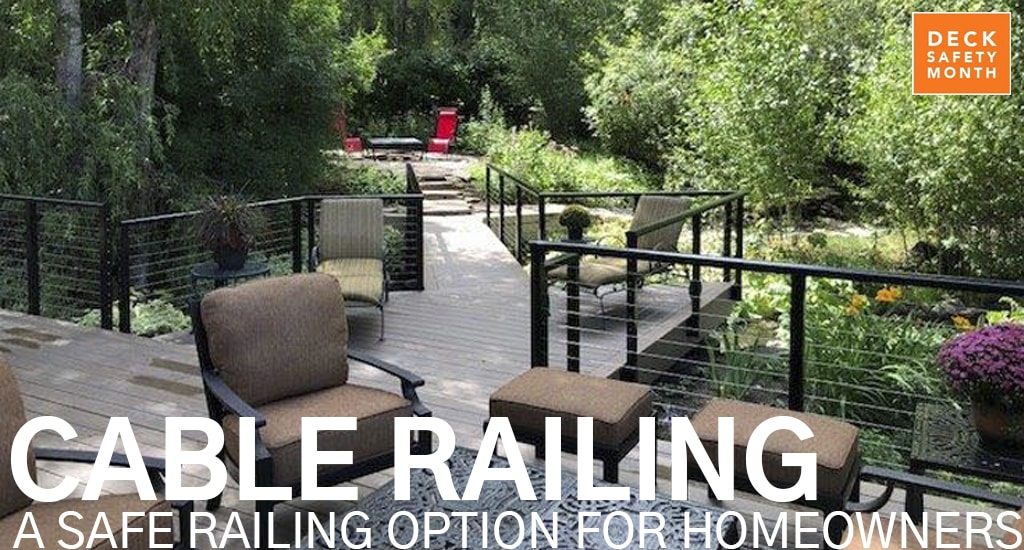Back and front yards can be an escape for homeowners. For example, if the backyard expands the great or family room, then the front yard is surely an extension of the living room. And the front of the house is all about curb appeal — making it inviting for socializing with neighbors, relaxing, and resale value.
Personalizing outdoor spaces is on-trend. Decking for the backyard and the front porch can be the focal point of the overall design. Whether upgrading or building a new deck or porch project, consider adding the proper railings. Often an afterthought, railings not only serve as a safety feature but can also add an aesthetic appeal.
There are various railings choices, and they are as solid of an investment as the decking or porch material. You want to choose — or recommend — the most suitable material because trends come and go, the railings can last as long as the deck. Seek materials that offer aesthetic flexibility no matter the changes made to the outdoor area year after year.
Consider cable railing for a modern, sleek, upscale look that will last. Cable railings’ minimal design means small decks and porches appear more spacious and, for both large and small spaces. The railings blend in rather than stand out, offering unobstructed views for maximum coverage.
With proper installation, rest assured, cable railings are a safe option for any deck or porch. We’ve outlined common safety points, to make you feel comfortable choosing cable railing for your next project.
1. Safety
Post spacing and railing height should follow local code and guidelines. For level runs, height standards are 36- or 42-inch railings and posts no more than four to five feet apart for cable railings. If you’re unsure, check the latest 2021 International Residential Code (IRC) or local jurisdiction for the proper guard and handrail requirements.
2. Ladder Effect
Most deck pros and homeowners are concerned with the climbing risks or the “ladder effect.” A three-year study by the International Code Council (ICC) code Technology Committee (CTC) concluded that “the most current and thorough documentation available shows no indication that a problem exists and there had not been sufficient justification established to mandate a high level of climbability restriction on guards.”
Falls from railings — as well as porches, balconies, floor openings, handrails, and banisters — among children aged 18 months to four years are estimated to be less than an eighth of a percent (0.032) according to a joint report by National Ornament and Miscellaneous Metals Association (NOMMA) and National Association of Home Builders (NAHB).
3. Installation
Correct installation ensures that the cables are properly tensioned, limiting deflection, and never be spaced more than three inches apart, along with the post spacing recommendations mentioned above. With proper installation, cable railings should not allow a 4-inch sphere to pass between the cables.
4. Durability
Cable railings have high tensile strength and withstand at least 200 pounds of force — and with proper installation and tensioning, they will last for years with minimal maintenance. The 316-grade stainless steel makes cable railing corrosion-resistant and can withstand the most challenging climates, including coastal environments.
5. Options
Cable railing is available in 1/8- and 3/16-inch diameter 1×19 type 316 stainless steel. It is most common for residential applications to use 1/8-inch thick stainless steel cable. Lightweight and easy to maintain, the cable railing is code compliant with the proper tensioning.
At RailFX, we offer an aluminum cable railing system that makes ordering and installation easy. We also provide cable kits and FlexFX that incorporate our fittings into any residential application with the same ease.
With any product you choose, follow the manufacturers installation instructions, and call customer service for any help. This ensures a proper installation (to code), less call-backs, and a safe and beautiful result.

